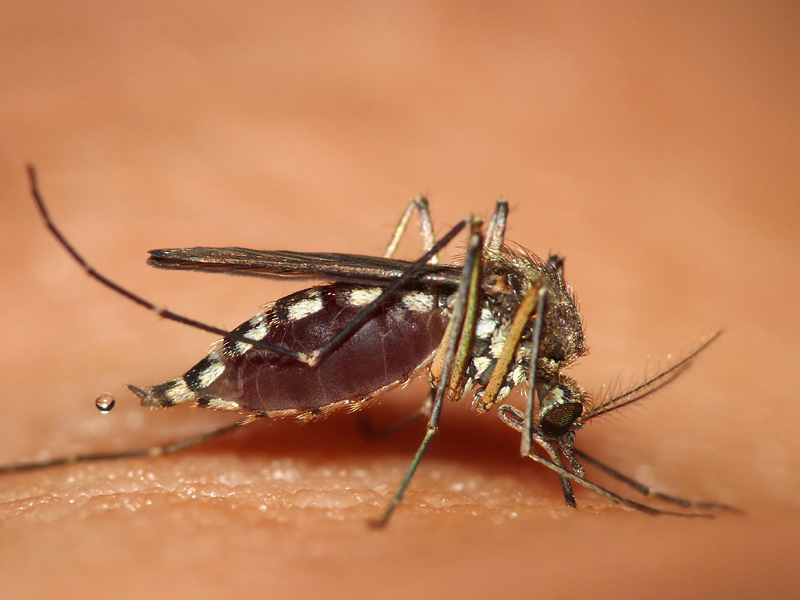Reported in the journal PNAS is a naturally occurring defense against malaria. The magic stuff is called heme oxygenase 1 or HO1 for short and it's normally released by the body anyway, to at least mediate the symptoms of malaria.
 When a person is infected with the malaria parasite, which is called plasmodium, the parasite replicates inside the host's red blood cells. Once the plasmodium has multiplied enough the red blood cells burst and release their heme groups. These are the four iron centres to which oxygen can bind when the blood is transporting oxygen around the body. But when these heme groups are released from the blood cell they can interfere with oxygen transport, leading to a lot of cell damage and eventually death. But HO-1 can actually break down the heme groups and therefore prevent a lot of the damage.
When a person is infected with the malaria parasite, which is called plasmodium, the parasite replicates inside the host's red blood cells. Once the plasmodium has multiplied enough the red blood cells burst and release their heme groups. These are the four iron centres to which oxygen can bind when the blood is transporting oxygen around the body. But when these heme groups are released from the blood cell they can interfere with oxygen transport, leading to a lot of cell damage and eventually death. But HO-1 can actually break down the heme groups and therefore prevent a lot of the damage.
When produced naturally HO1 only mediates the symptoms of malaria but it turns out that a drug already on the market, known as N-acetylcysteine (or NAC), has the same affect as HO-1. It doesn't directly target the plasmodium parasites but it does break down these heme groups. And, as Miguel Soares and his team have shown in mice, that can reduce the severity of the malaria infection quite significantly.
Well Miguel and his team think it won't lead to resistant strains of plasmodium, since they aren't directly targeting the parasite. They're just going for the vessels in which it multiplies. So hopefully this could lead to not only treatments of malaria, but also other infectious diseases too.
- Previous The Protein Bouncer
- Next Blasting Away Fungal Attacks










Comments
Add a comment